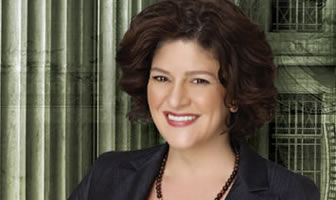Wet Weather Tips for Your Best Friends
As you know, at Pincus Pro Ed, we are huge animal lovers. While we are lucky enough to be based in Los Angeles and away from the worst of winter weather, we wanted to take a moment and share some wet weather tips from Los Angeles Animal Services.
If you normally just let your dog out in the backyard, you may need to actually go with him or her when it’s raining. Taking your dog for a short walk or stepping out in the yard with them will make your best buddy feel safer and it’s more likely that they will feel comfortable enough to go potty.
Just like potty training, bring a few treats when you take your dog outside and reward them after they “go.” Be sure to praise them enthusiastically as well.
Watch the weather and take advantage of bringing your dog outside during a lull in the storm. Your pooch will more likely be open to going outside when it’s sprinkling than when it’s pouring rain. Also, think about your walking route. Avoid busy streets where cars will splash through puddles and drench you both and potentially scare your furry family member.
If your dog doesn’t mind getting dressed up, try purchasing a doggie rain coat and boots for them or grab a large umbrella to shield them from the rain drops. When they get wet, keep a towel on hand so you can quickly dry them off when you return to the house to avoid water and mud on your floors and furniture.
If your dog is used to going outside and running around during the day you’ll want to provide them with indoor activities when it rains for long periods of time. Teach them a new trick, give them a new chew toy, play hide in seek or let them figure out a puzzle feeder or Kong ball that you can pick up at your local pet store.

